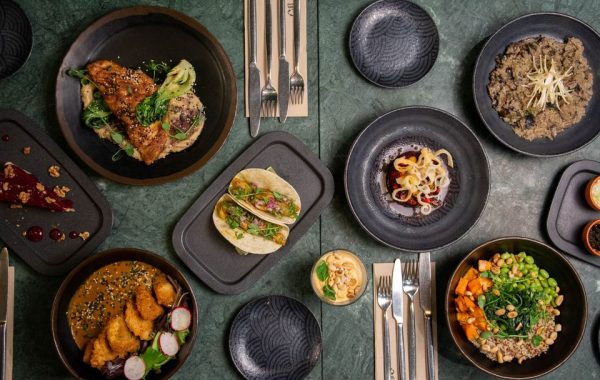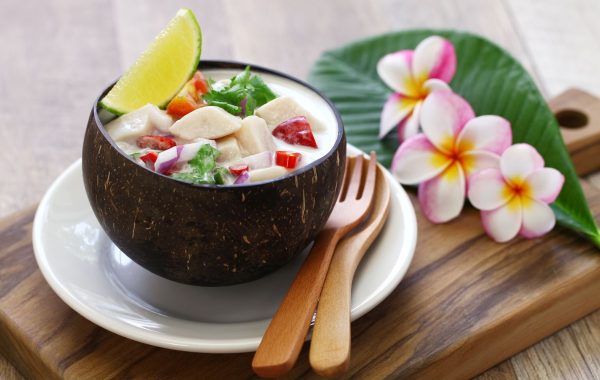From hearty stews to fresh seafood and delightful pastries, Portugal offers a gastronomic journey that’s as rich and varied as its history.
Portugal, a country known for its rich history, stunning landscapes, and warm hospitality, is also a culinary gem waiting to be explored. Portuguese cuisine is a delightful mix of hearty, comforting flavors and fresh, coastal influences. Each region offers unique dishes that showcase local ingredients and age-old cooking traditions, making it a paradise for food lovers. Here’s a guide to 12 must-try local dishes to savor the true flavors of Portugal.
Pastéis de Nata
No culinary journey through Portugal is complete without trying Pastéis de Nata, the iconic Portuguese custard tart. Originally created by monks in Lisbon’s Belém district, these tarts have a crispy, flaky crust filled with creamy custard and are often dusted with cinnamon and powdered sugar. They’re best enjoyed fresh and warm, straight from the oven, with a cup of strong coffee.
Bacalhau à Brás
Bacalhau, or codfish, is a staple in Portuguese cuisine, with hundreds of different preparations. One of the most beloved is Bacalhau à Brás, a dish from Lisbon. This comforting dish combines shredded codfish with onions, thinly cut potatoes, eggs, and parsley. It’s topped with black olives, adding a bit of saltiness and texture. The result is a creamy, savory combination that represents Portuguese comfort food at its finest.
Francesinha

From Porto comes the mighty Francesinha, a sandwich that’s anything but ordinary. Made with layers of ham, steak, and sausage, it’s topped with melted cheese and covered in a rich, spicy tomato and beer sauce. Served with fries and a fried egg on top, it’s a filling and hearty meal that locals claim is the best hangover cure. This “little French girl” (a nod to its French origins) is sure to leave a lasting impression.
Amêijoas à Bulhão Pato
If you’re a seafood lover, Amêijoas à Bulhão Pato is a must. This dish of clams cooked in white wine, garlic, olive oil, and fresh coriander is named after the 19th-century poet Bulhão Pato, who was known for his love of fine food. It’s a popular appetizer along Portugal’s coast and is best enjoyed with crusty bread to soak up the flavorful broth.
Caldo Verde
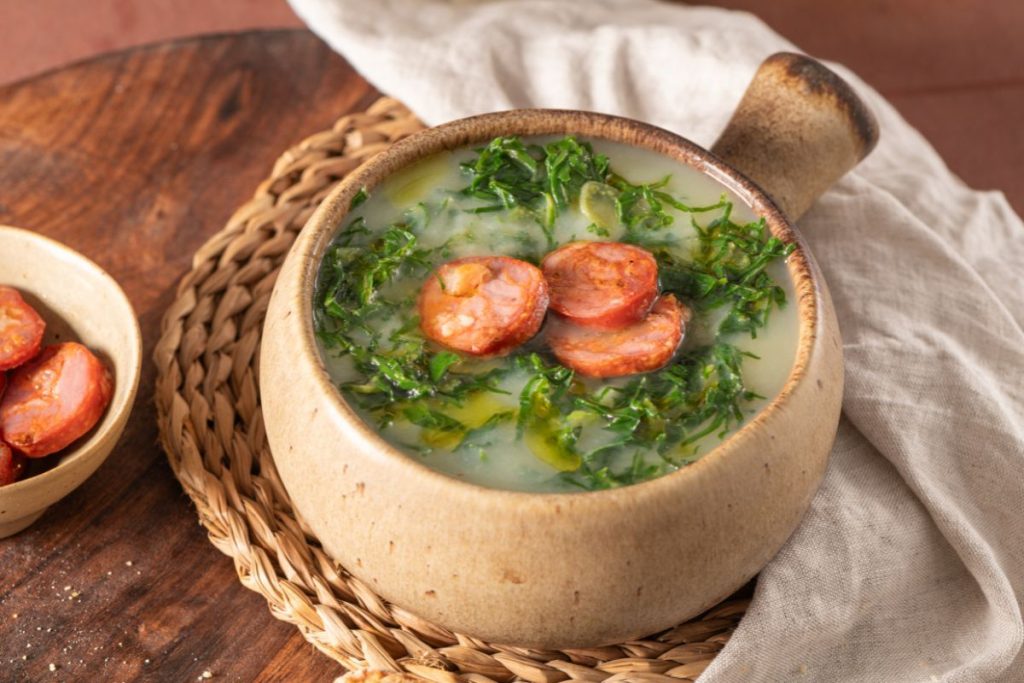
Caldo Verde is a traditional green soup that originated in the Minho region of northern Portugal. Made with shredded kale, potatoes, onions, garlic, and slices of chouriço (Portuguese sausage), it’s a comforting dish often enjoyed at family gatherings or during celebrations. Simple yet flavorful, this soup is an integral part of Portuguese cuisine, representing the country’s rural roots and resourceful cooking.
Polvo à Lagareiro
Portugal’s coastline provides an abundance of fresh seafood, and Polvo à Lagareiro showcases one of the country’s favorites: octopus. In this dish, the octopus is boiled, then roasted with potatoes, garlic, and generous amounts of olive oil. The result is tender, flavorful octopus with a slightly crispy exterior, served alongside the potatoes and occasionally garnished with cilantro or parsley.
Arroz de Marisco
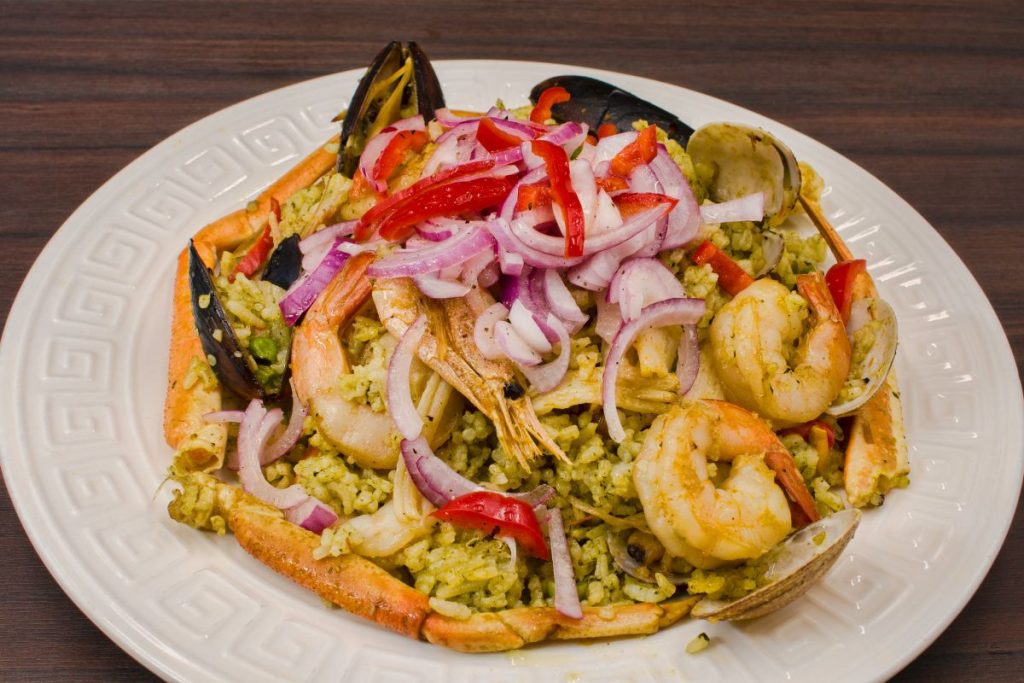
A mouthwatering dish for seafood enthusiasts, Arroz de Marisco is Portugal’s take on a seafood rice stew. This dish, especially popular in the coastal region of the Algarve, includes rice cooked with a variety of shellfish, such as clams, shrimp, and crab, all simmered in a flavorful tomato-based broth. It’s rich, aromatic, and often served with fresh coriander on top, making it a highlight of Portuguese coastal cuisine
Sardinhas Assadas
Summertime in Portugal often means grilling Sardinhas Assadas or grilled sardines, especially during the annual Santos Populares festival. Fresh sardines are seasoned with sea salt, then grilled over open flames. They’re typically served with a side of roasted peppers and potatoes or simply on a slice of bread. The smoky, salty flavor of grilled sardines has become a quintessential taste of Portugal’s summer months and coastal charm.
Açorda Alentejana
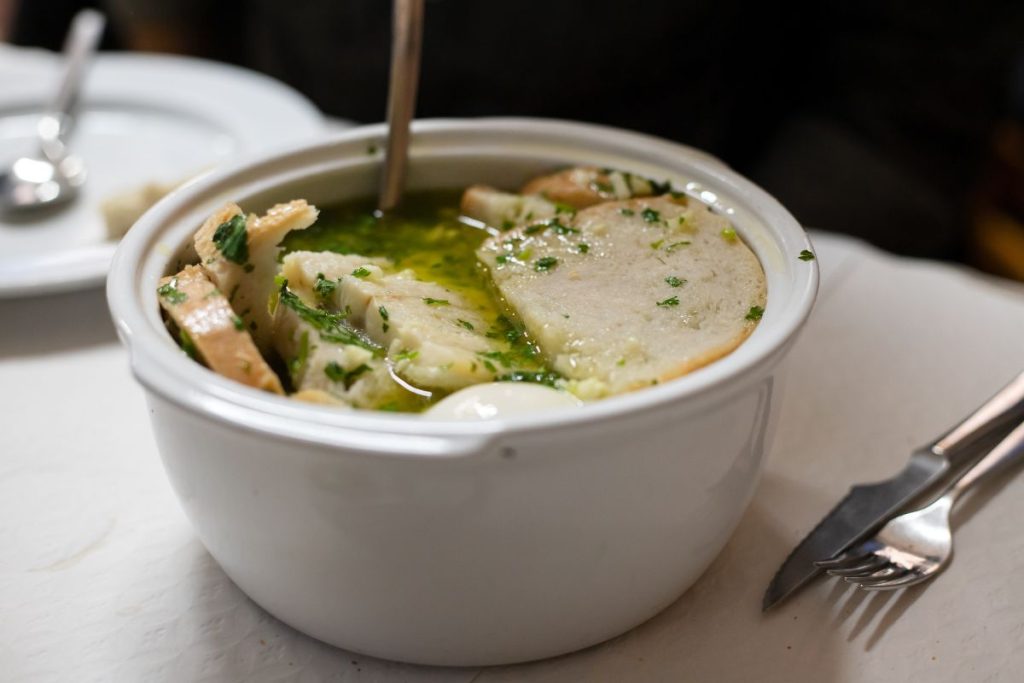
The Alentejo region is known for its rustic dishes, and Açorda Alentejana is a perfect example. It’s a simple yet flavorful bread soup made with mashed bread, garlic, cilantro, olive oil, and water, with a poached egg on top. Traditionally, it’s served as a way to use up stale bread, showcasing the resourceful spirit of Portuguese cuisine. This comforting dish is especially popular during colder months and offers a unique taste of rural Portugal
Queijo da Serra
Portugal produces some fantastic cheeses, and Queijo da Serra from the Serra da Estrela region is one of the finest. This creamy, sheep’s milk cheese has a distinct flavor, thanks to the use of raw milk and traditional curdling techniques. It’s typically enjoyed with crusty bread or as part of a cheese platter with olives and dried fruit. Its intense flavor and rich, buttery texture make it a must-try for cheese lovers exploring Portuguese culinary traditions.
Cozido à Portuguesa
Cozido à Portuguesa is a traditional Portuguese stew that combines a variety of meats (such as pork, beef, and chicken) with vegetables, beans, and sausages. Each region has its own take on this dish, so the ingredients and flavor can vary widely across the country. It’s a hearty and filling meal, often enjoyed as a family feast, especially during colder weather. Cozido reflects Portugal’s agricultural heritage and love for slow-cooked, flavorful meals.
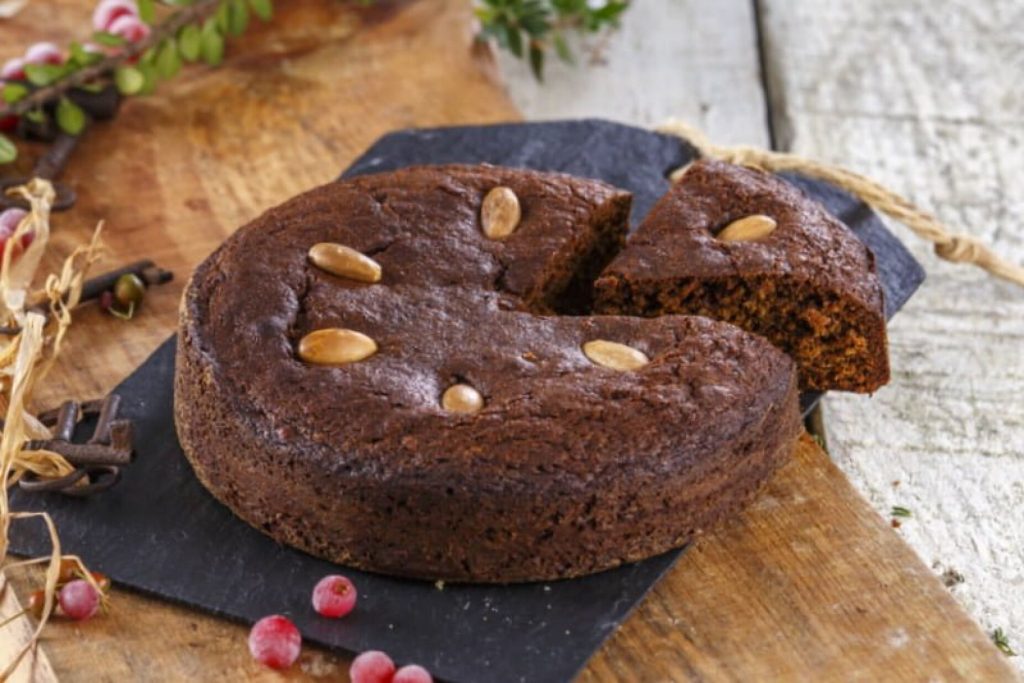
Bolo de Mel da Madeira
To finish your culinary journey on a sweet note, try Bolo de Mel da Madeira, a honey cake from the Madeira archipelago. This dense, dark cake is made with molasses, spices, and nuts, giving it a rich and slightly spiced flavor. Originally prepared around Christmas, it has become a year-round favorite. It’s traditionally broken into pieces by hand rather than sliced, adding to its rustic charm. A slice of Bolo de Mel, paired with Madeira wine, is the perfect end to a Portuguese meal.
For latest travel news and updates, food and drink journeys, restaurant features, and more, like us on Facebook or follow us on Instagram. Read more on Travel and Food Network
Book Your Travel Packages
10 Day Europe Tour of Germany, Czech Republic, Hungary and Austria
12-Day Europe Tour from London to Amsterdam, Venice, Rome and Paris





